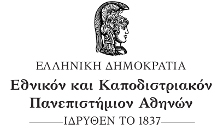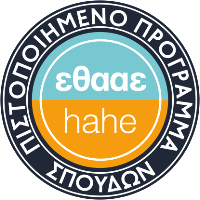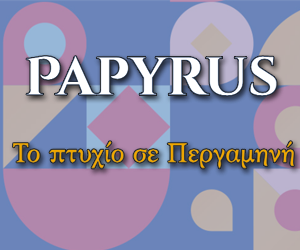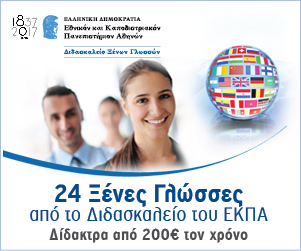Menu
- ΑΡΧΙΚΗ ΣΕΛΙΔΑ
- ΙΣΤΟΡΙΚΑ
- ΠΡΟΓΡΑΜΜΑΤΑ ΣΠΟΥΔΩΝ
- ONLINE ΥΠΗΡΕΣΙΕΣ
- ΔΙΟΙΚΗΣΗ-ΠΡΟΣΩΠΙΚΟ
- ΑΝΑΚΟΙΝΩΣΕΙΣ ΚΑΙ ΕΚΔΗΛΩΣΕΙΣ
- ΔΙΑΚΡΙΣΕΙΣ
- ΕΡΕΥΝΑ-ΔΗΜΟΣΙΕΥΣΕΙΣ
- ΣΗΜΑΝΤΙΚΕΣ ΠΛΗΡΟΦΟΡΙΕΣ
-
ΠΛΗΡΟΦΟΡΙΑΚΟ ΥΛΙΚΟ
- ΠΡΟΚΗΡΥΞΗ ΘΕΣΕΩΝ ΜΕΛΩΝ ΔΕΠ
- ΠΡΟΚΗΡΥΞΗ ΘΕΣΕΩΝ ΜΕΤΑΠΤΥΧΙΑΚΩΝ ΦΟΙΤΗΤΩΝ
- ΠΡΟΚΗΡΥΞΗ ΘΕΣΕΩΝ ΕΡΕΥΝΗΤΩΝ - ΣΥΝΕΡΓΑΤΩΝ
- ΧΡΗΣΙΜΑ ΕΝΤΥΠΑ
- ΜΗΤΡΩΑ ΕΚΛΕΚΤΟΡΩΝ
- ΥΠΟΤΡΟΦΙΕΣ
- ΕΚΠΑΙΔΕΥΤΙΚΑ JAVA-APPLETS
- ΑΝΤΙΔΡΑΣΕΙΣ ΑΝΙΧΝΕΥΣΗΣ ΚΑΤΙΟΝΤΩΝ
- ΧΗΜΙΚΗ ΕΝΩΣΗ ΤΟΥ ΜΗΝΑ
- ΕΠΙΣΤΗΜΟΝΙΚΑ ΘΕΜΑΤΑ ΧΗΜΕΙΑΣ
- ΧΑΡΤΗΣ ΠΑΝΕΠΙΣΤΗΜΙΟΥΠΟΛΗΣ
- ΠΡΟΣΒΑΣΗ ΣΤΗΝ ΠΑΝΕΠΙΣΤΗΜΙΟΥΠΟΛΗ
- ΚΕΝΤΡΑ ΑΡΙΣΤΕΙΑΣ
- ΕΠΙΚΟΙΝΩΝΙΑ









